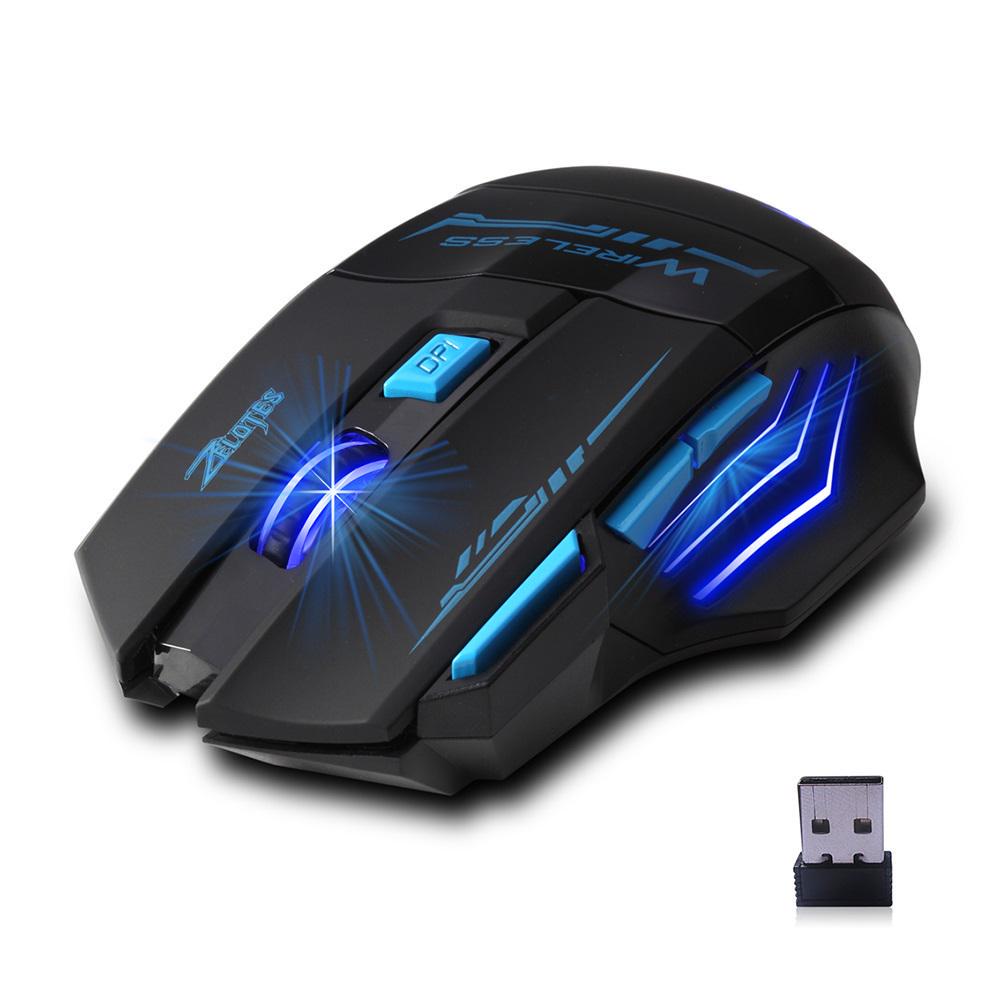1. Understanding Your Needs Before diving into the world of PC building, it’s crucial to assess your needs. Consider the primary purpose of your PC: gaming, content creation, professional work, or a combination. Each use case demands different components and specifications. Gamers may prioritize high-end graphics cards and fast processors, while content creators might lean towards powerful CPUs and ample RAM. Understanding your needs lays the foundation for a well-balanced and efficient system tailored to your requirements. 2. Selecting the Right Components Once you’ve identified your needs, it’s time to select the components for your PC. Start with the central processing unit (CPU), which acts as the brain of your system. Research different models based on performance benchmarks and compatibility with other components. Next, choose a motherboard that supports your CPU and offers features like sufficient RAM slots, expansion ports, and connectivity options. Additionally, consider the graphics card, storage drives, RAM, power supply unit (PSU), and cooling solutions to create a well-rounded setup. 3. Budgeting Wisely Budgeting plays a crucial role in PC building, as costs can quickly add up. Set a realistic budget based on your financial constraints and prioritize essential components accordingly. Allocate a significant portion of your budget to components that directly impact performance, such as the CPU, GPU, and RAM. While it’s tempting to splurge on top-of-the-line hardware, consider your actual requirements and opt for cost-effective alternatives that offer the best value for your money. Remember to factor in peripheral devices, software licenses, and any additional accessories when planning your budget. 4. Assembly and Optimization With all the components in hand, it’s time to assemble your PC. Follow step-by-step guides or video tutorials to ensure a smooth build process, paying close attention to cable management and component placement. After assembling the hardware, install the operating system and necessary drivers to ensure compatibility and functionality. Once your PC is up and running, optimize its performance through software tweaks, BIOS settings adjustments, and overclocking (if applicable). Regularly update drivers and firmware to keep your system running smoothly and efficiently. Building your dream PC is an exciting journey that requires careful planning, research, and execution. By understanding your needs, selecting the right components, budgeting wisely, and optimizing performance, you can create a powerful and customized system that fulfills your requirements and exceeds your expectations. Whether you’re a hardcore gamer, a creative professional, or a casual user, building your PC allows you to unleash your creativity, maximize performance, and experience computing like never before. So roll up your sleeves, gather your components, and embark on the adventure of building the ultimate PC tailored to your preferences and needs.pc builder

Posted inBusiness


